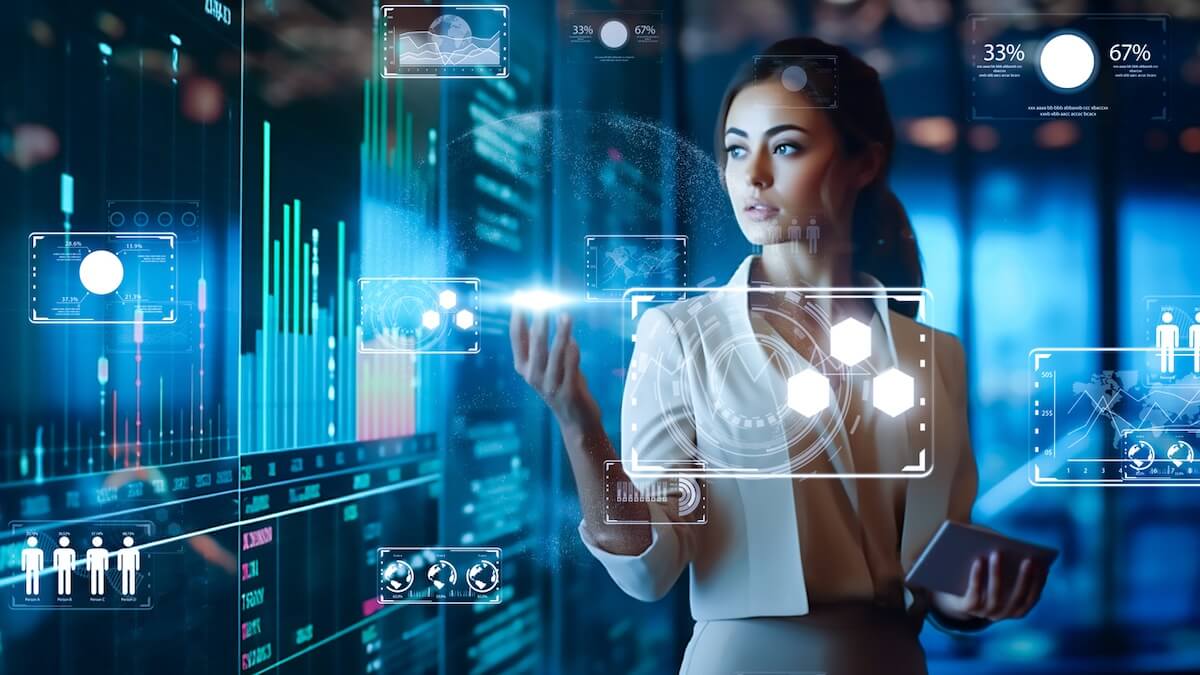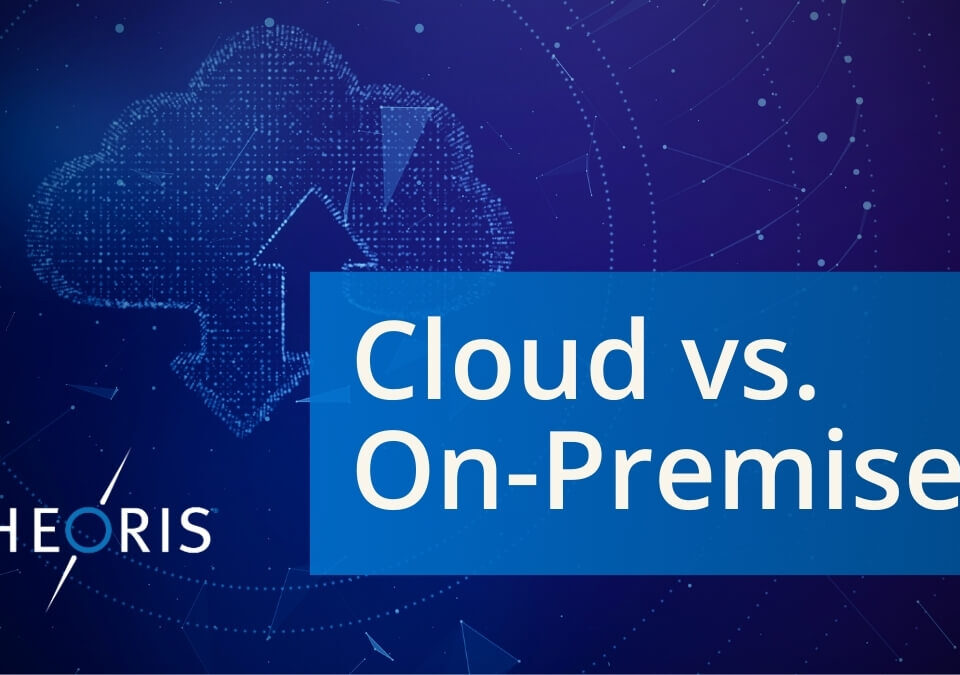The Future of BI & Data Analytics: Trends for 2024 and Beyond

Top 3 Reasons Why IT Projects Stall and How to Prevent It
September 27, 2023
Bridging the Experience Gap: Hiring Entry-Level Engineers in Today’s Labor Market
October 26, 2023As we step into 2024, the world of Business Intelligence (BI) and data analytics is changing rapidly. At Theoris, an IT consulting firm in Indianapolis, we’re excited to guide you through these transformations.
If you’ve been following along, you might remember our deep dive into the history of BI in one of our previous blog posts. That journey shed light on how BI has evolved over time. Now, we’re turning our attention to the present and future. In this blog post, we’ll explore the latest trends and predictions shaping the BI landscape as we move into 2024 and beyond.
1. AI & Machine Learning Integration
AI and ML are set to become even more integral to BI systems, enhancing data analysis, predictions, and decision-making. These technologies automate analysis, predict trends, identify patterns, and anticipate future developments from historical data. For instance, Amazon has begun taking advantage of AI-powered algorithms to expedite deliveries, minimizing the gap between its products and customers, resulting in faster and more efficient service.
Another notable example is in manufacturing, where AI predictive maintenance is gaining momentum. This proactive approach schedules maintenance ahead of time, preventing costly disruptions. Fiix by Rockwell Automation recently launched an AI predictive maintenance software that uses sensor data and machine conditions to predict equipment health, learn signs of failure, and anticipate breakdowns days in advance, enabling prompt action to prevent costly disruptions.
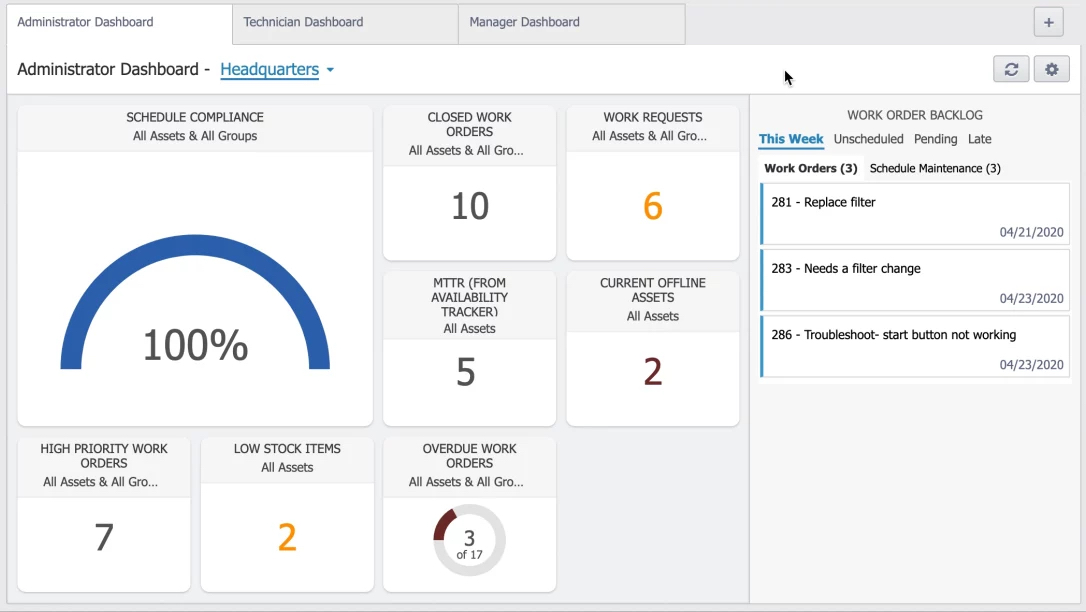
Image Source: https://www.rockwellautomation.com/en-us/products/software/factorytalk/maintenancesuite/fiix.html
2. Augmented Analytics
Augmented analytics leverages AI to automate data preparation, discovery, and sharing of insights that help you explore and understand your data. It will empower users of all skill levels to access and understand complex data, democratizing BI.
For instance, platforms like Tableau and Power BI leverage augmented analytics to provide intuitive interfaces, automated recommendations, and smart visualizations, empowering users to make data-driven decisions.
3. Real-Time Analytics
Waiting for overnight reports? “Ain’t nobody got time for that!” The hunger for instant insights continues to grow, propelling real-time analytics from a long-standing trend to an even more critical imperative in 2024 and beyond.
For instance, take our manufacturing client who grappled with the challenge of tracking tests spread across various facilities. The need for timely updates and coordination led to delays. To address this, we created a dynamic monitoring system that provides real-time status updates. This allows them to instantly track test progress, make quick decisions, and enhance the overall customer experience.
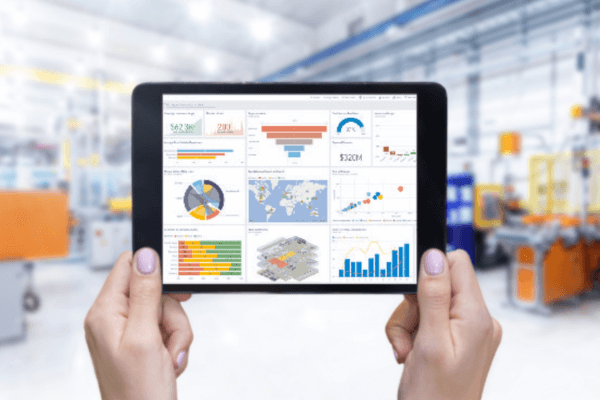
This dashboard helped our client achieve remarkable results. Read the full case study here.
4. Data Governance & Security
With the increasing importance of data, ensuring its governance and security is paramount. Data breaches and compliance issues can have severe consequences. A vivid example is the casino giant MGM data breach, which is anticipated to result in $100 million in losses. This incident reminds us that even big organizations are vulnerable to cyber threats.
Furthermore, software companies subject to stringent data privacy regulations such as GDPR and CCPA must implement robust data governance and security procedures. Companies must protect user data and follow these standards to avoid hefty fines and reputational damage.
5. Natural Language Processing (NLP)
NLP, a subset of AI, enables computers to understand, interpret, and generate human language—a critical component of data analytics. NLP techniques empower organizations to extract valuable insights from unstructured data sources like social media posts, customer feedback, and support requests.
A prime example of NLP’s capabilities is ‘Ask Data,’ a tool that lets users answer business questions using natural language. Below, you’ll see it in action on a Tableau dashboard. Just type your query and get visual responses. ‘Ask Data’ makes query-building easy, no technical skills are required. Features like autocorrect and synonym recognition ensure accurate user intent capture.
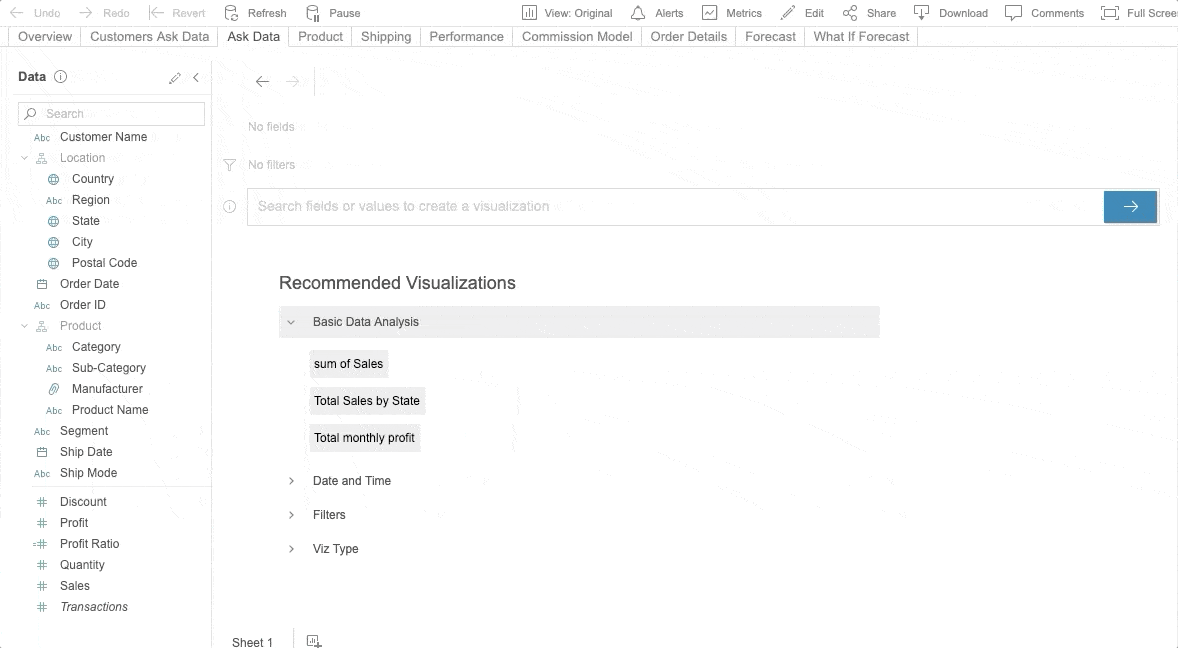
Source: https://www.tableau.com/blog/expanding-augmented-analytics-help-more-people-get-answers-from-data
6. Multi-Cloud Data Management
This approach involves leveraging multiple cloud service providers to store, manage, and analyze data. It ensures you have the best tools for each job, all while keeping your data safe and operations running smoothly.
A global e-commerce giant, for example, might use Amazon Web Services (AWS) for data storage, Google Cloud Platform (GCP) for real-time analytics, and Microsoft Azure for scalability and AI integration. This strategy ensures they harness the strengths of each cloud provider.
7. Advanced Data Visualization
Data visualization serves the purpose of making data engaging and informative because, let’s face it, spreadsheets can be quite boring. An excellent example is The New York Times’ COVID-19 dashboard. It presents complex data in a visually compelling manner, enabling readers to grasp pandemic trends effortlessly.
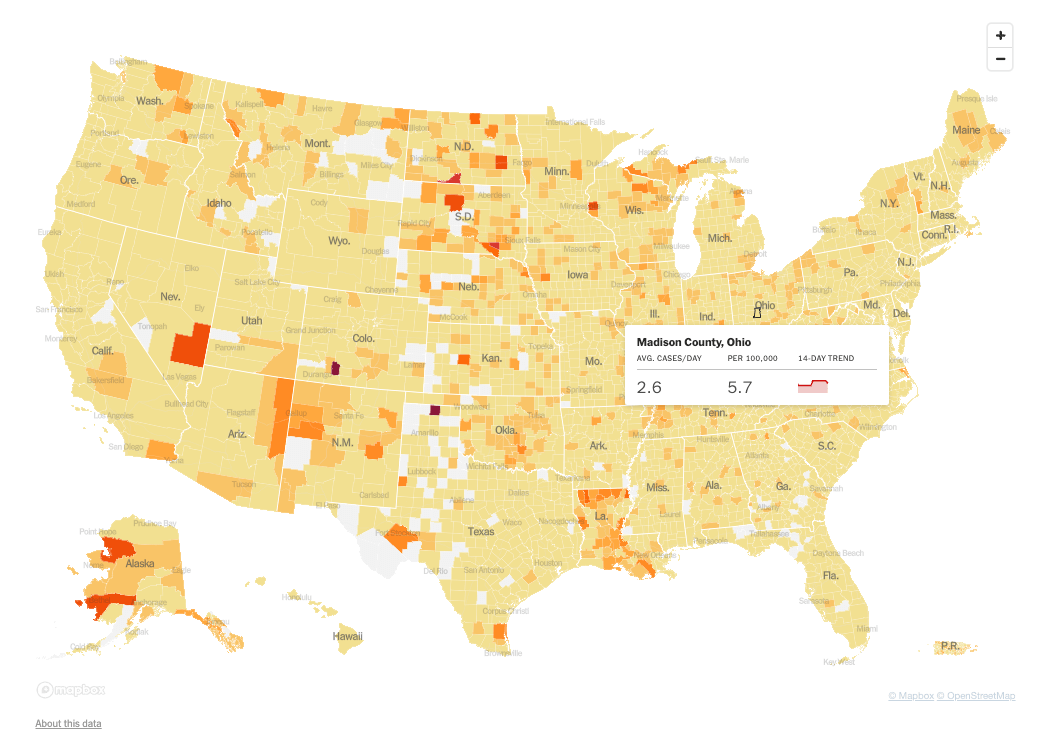
Snapshot from The New York Times’ COVID-19 Dashboard – October 12, 2023
Summary
In conclusion, the future of BI and data analytics is filled with promise. At Theoris, our Indianapolis-based experts are committed to helping your organization seize these opportunities. Contact us today to explore how our data warehousing, real-time data visualization and reporting, BI training, and cloud solutions can empower your business to adapt swiftly and thrive in an evolving landscape!
